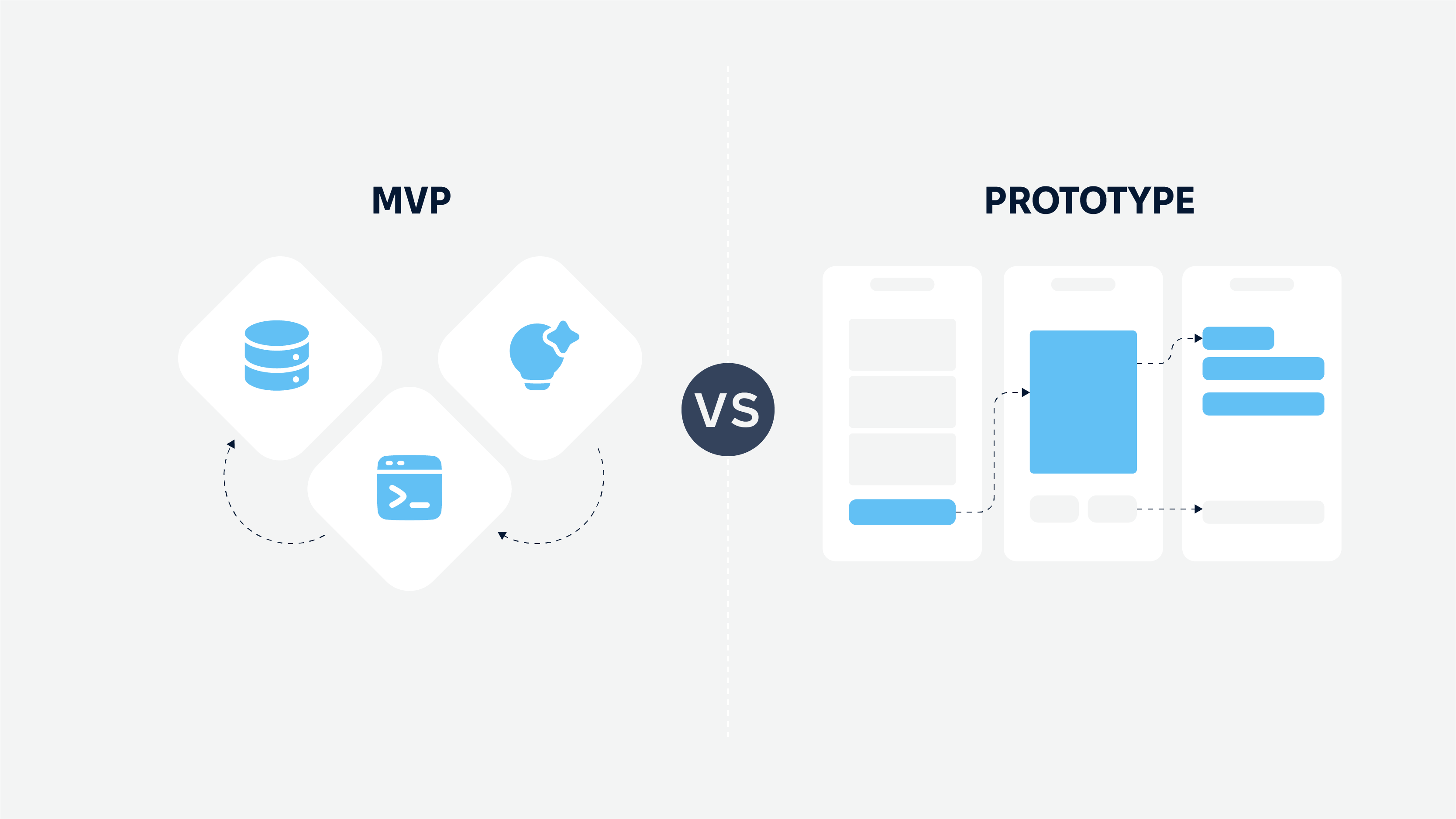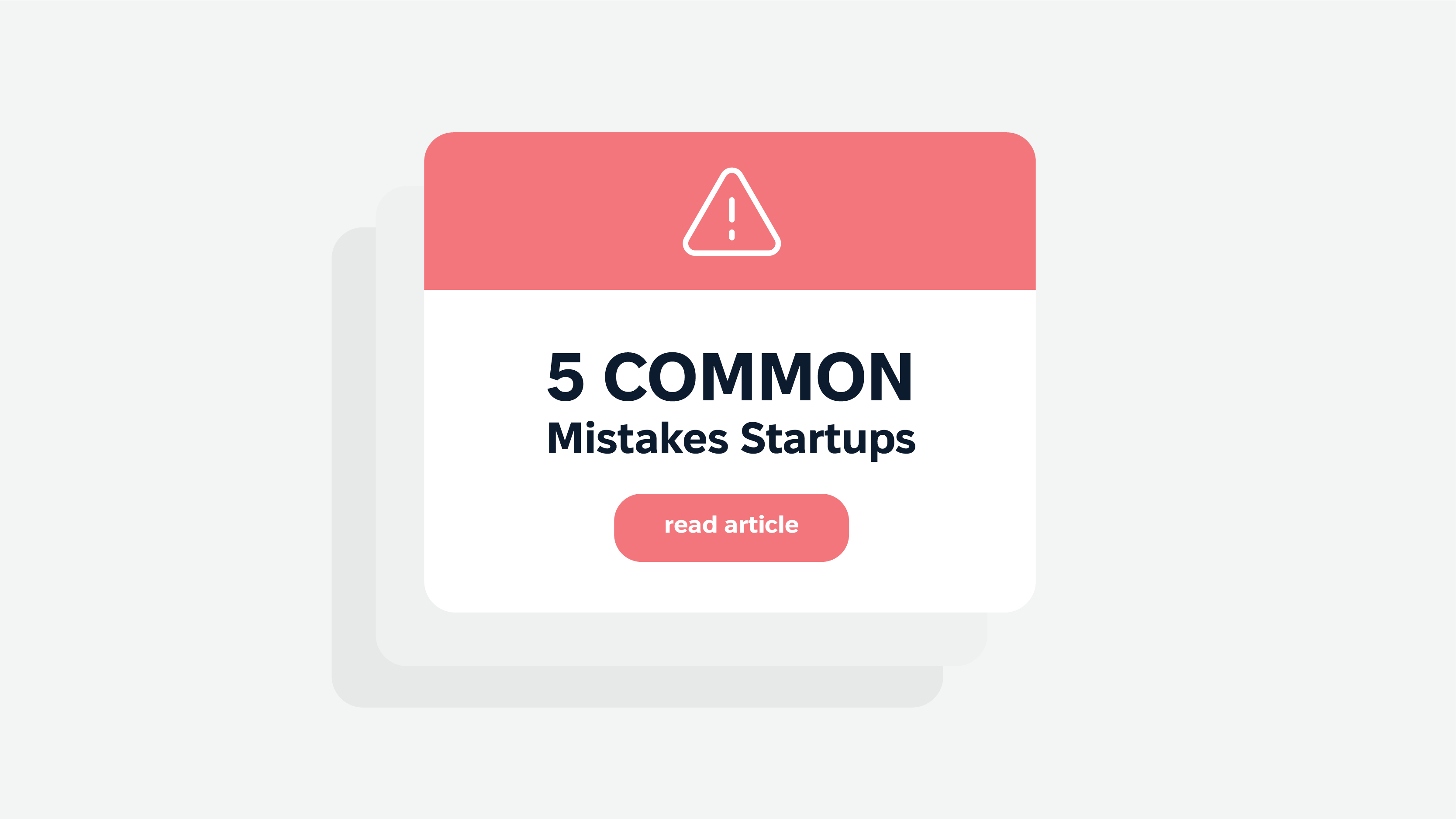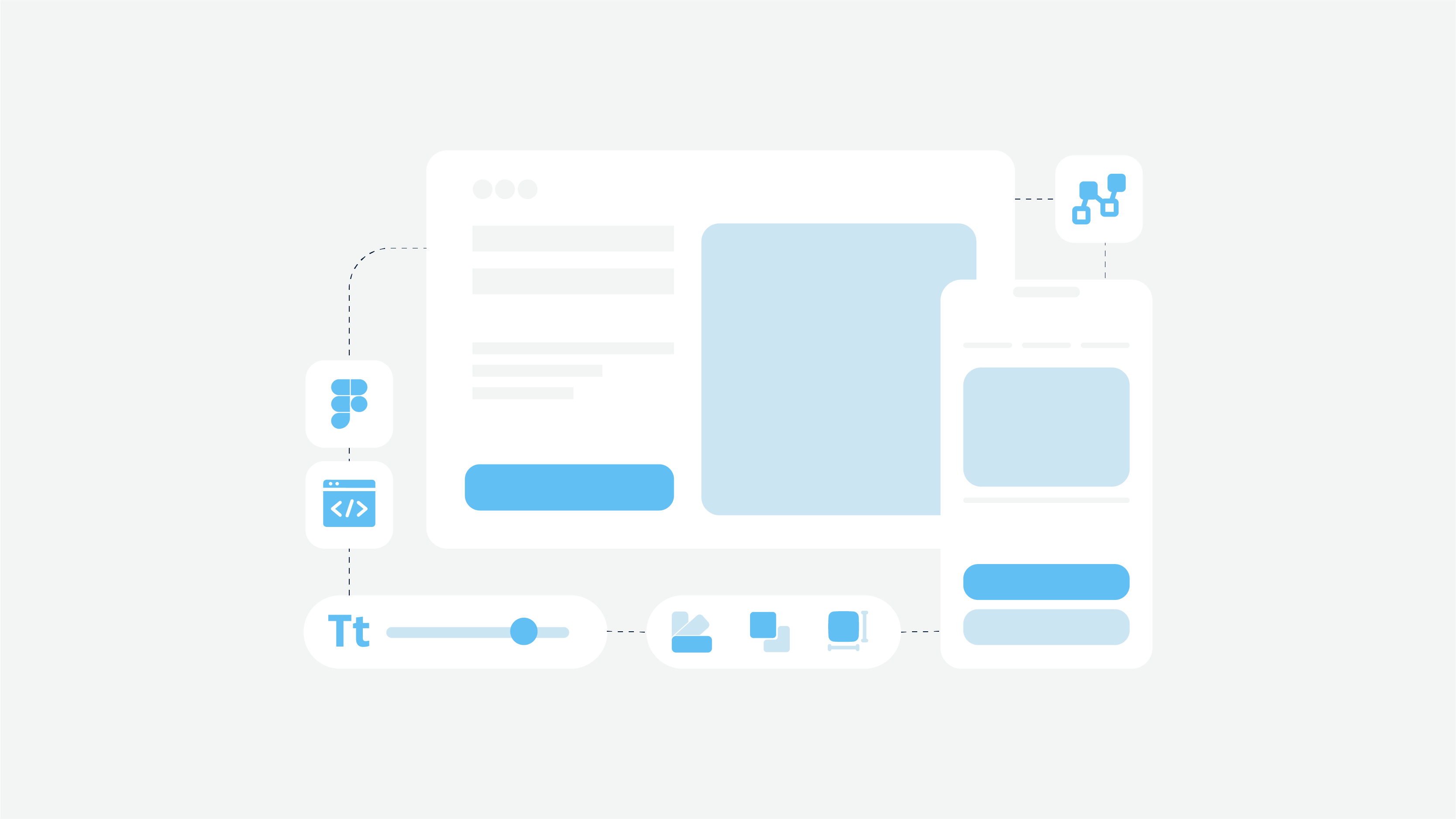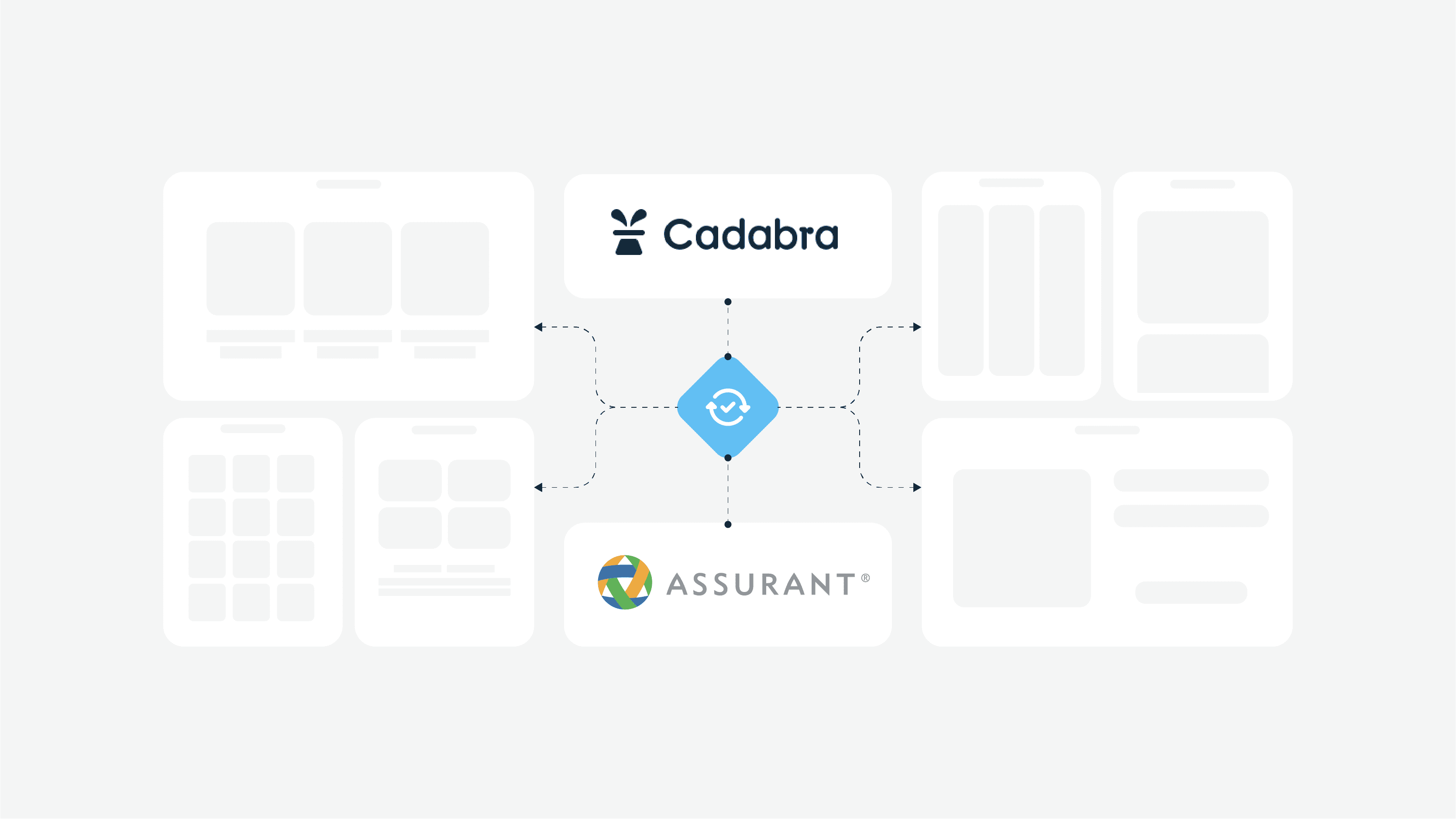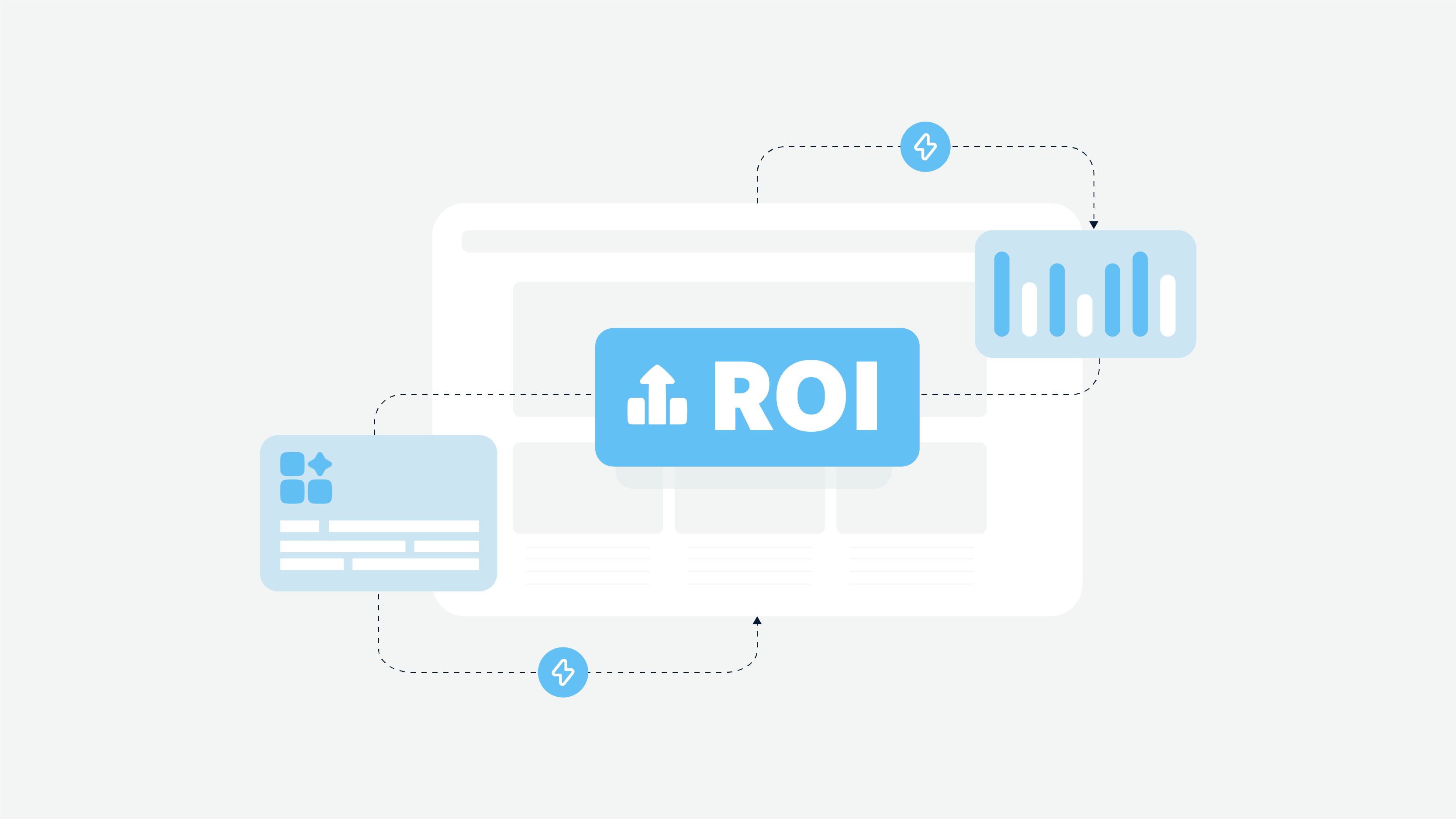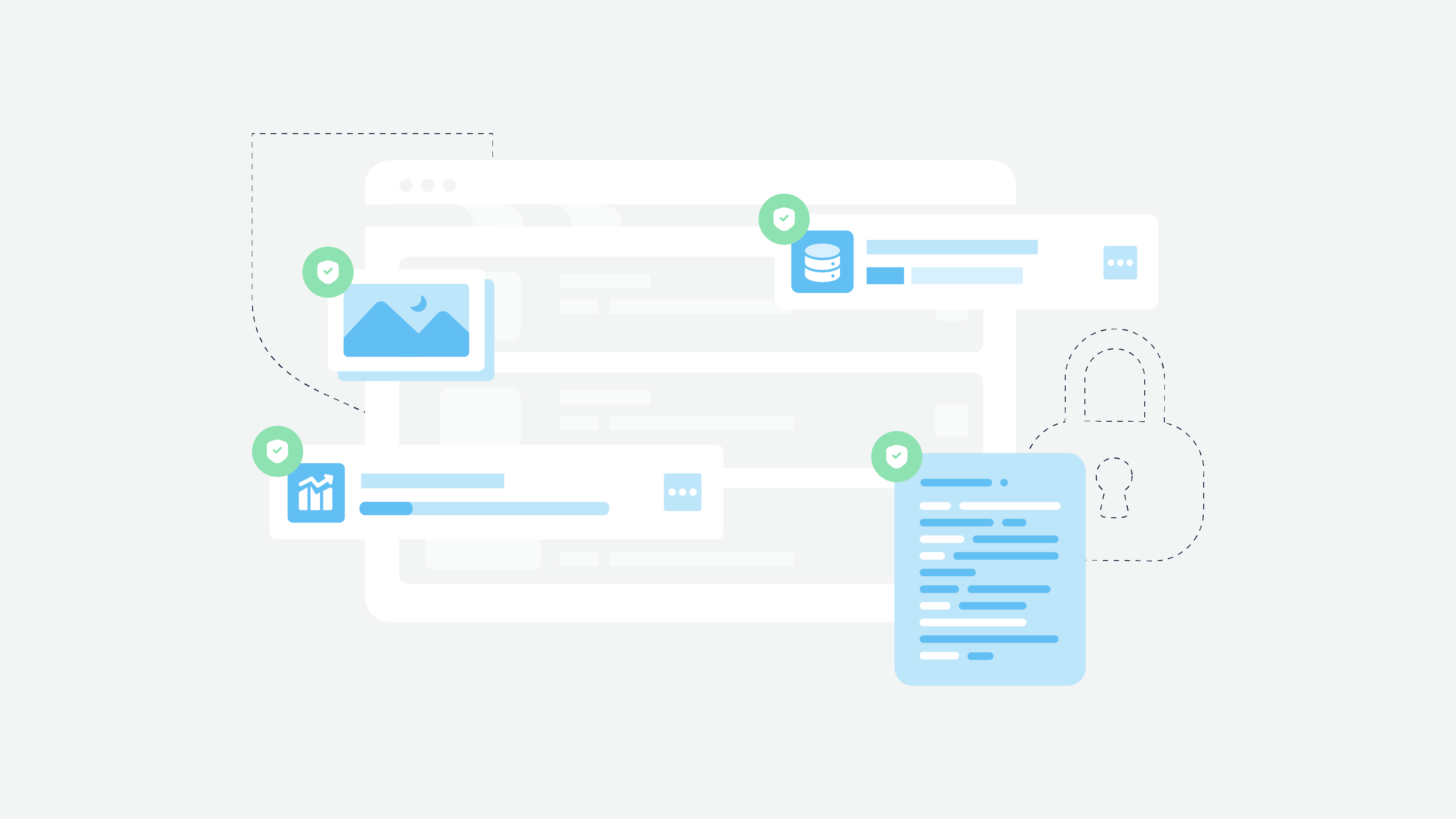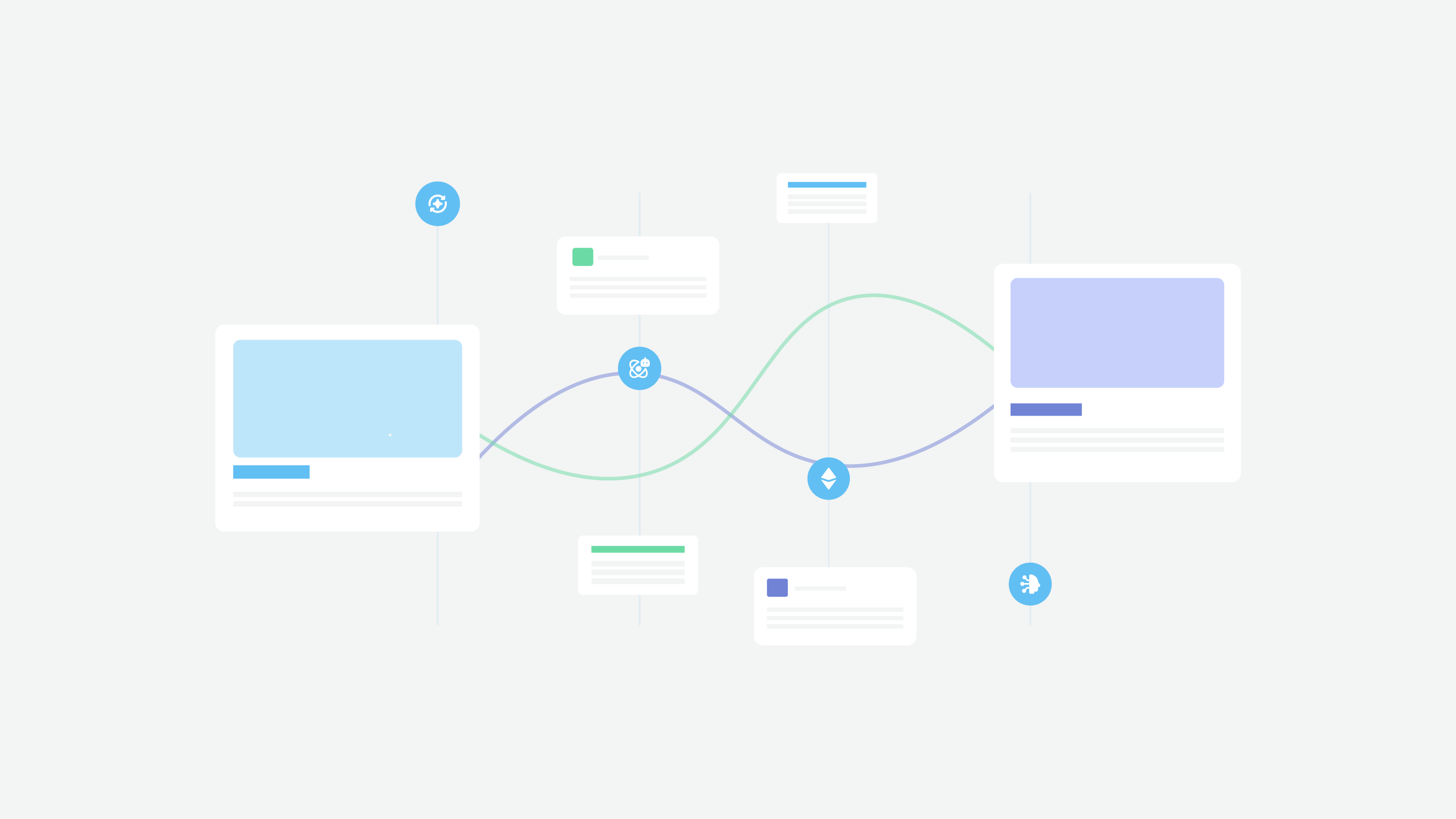In recent years, the effective integration of mobile apps has greatly affected different aspects of our daily lives. We seem to use apps for everything: to get information, to control our daily lives and health, to receive and analyze data.
Whatever you need, there is a good chance somebody has already created an app to meet your needs. This explains the popularity of mobile app design services.
The reason for such a rapid change is the development of the UI/UX mobile design industry. It has caused a drastic change in mobile apps development, making them an integral part of our daily lives, which we cannot imagine living without.
An impressive user interface and an appealing user experience working together make an app that is user-friendly and works without a hitch. App design is the basic stage of any application development, it is necessary to plan it and acquire an understanding of what the project actually needs and how to do it right to make it as beneficial as possible.
What is a mobile UI/UX design?

To shape our dialog further, we have to define what is UI and UX design for mobile interfaces.
UX stands for User Experience. There is no commonly accepted definition of User Experience. UX design is a concept that has many dimensions.
It includes a bunch of disciplines — interaction design, information architecture, visual design, usability, and human-computer interaction. UX determines how the application feels, considering all the elements of a user’s interaction with the application.
Effective user experience is the routine of improving usability, simplicity, and also the satisfaction of the user interaction.
A good UX designer does thorough research before starting the app design related to the target market, specific industry, user’s needs and more.
UI, in turn, stands for User Interface. UI mobile design generally refers to the visual side of the product – its aesthetic perception, interactivity, and presentation.
The main aim of the UI designer is the creation of visuals for the product – screens, pages, icons, controllers – that are needed for the user to successfully interact with an app. But the importance of mobile application user interface design is not restricted to visual cues; it also refers to the non-visual cues and interactions that influence a user’s interactive decisions or choices.
The goal of UI should be to make the interaction as simple and efficient as possible – to make it easy for the user to accomplish their goals, and solve their problems.
User experience for mobile applications – the sense of it

Let’s look closer at both these options and analyze how actually they influence an app’s quality. What are the effects of good UI/UX design on your app? Why is User Experience design important?
Shapes your target audience.
Working on UX mobile design, you have to start with the product user’s personality. That is why the first stage of design is research. Then, based on the research, user personas are created. Different apps attract different users.
Every user type involves different backgrounds, requirements, personalities and goals, which an app should suit.
Therefore, UX research helps you to find out who the audience of your product is going to be, what they need and how to make it match with your business goals, converting those who download an app into leads and sales.
Furthermore, research gives the designer an opportunity to understand how similar apps work, what is special about the one being created and as a result make a mindmap and user flow.
Saves time and money.
Investing in UX app design at the initial stage of product development is sensible because it has a positive impact on your resource allocation. Well planned UX saves time before launching the product since it helps to indicate which features are essential and ones that are not interesting for the user.
Deciding on the logic structure of the product reduces the development cycles significantly. Any delays during the development process bring about profit loss. UX can really improve the outcome as well as save on investment costs.
Builds user satisfaction.
Engaging content, perfect services, efficient navigation are the key parts of a successful application, they directly influence customer satisfaction levels. Satisfied customers are loyal, they return to your services and stick to your app, improving the ROI of your business.
When designing for mobile devices, you have to consider user’s needs and tastes. No matter how perfect your idea looks in your mind and how many great features you have invented for the product, there’s no need to make a Swiss army knife out of the product.
Multifunctionality does not always go down as well as expected, something really important is the complexity of the basic features and their quality. It is essential to understand which set of features is of prime importance to get people to use your app, and what can be added later.
Minimizes risks.
Creating something new is always a risk, but there are certain ways to make sure that customers satisfaction is guaranteed. Thorough research and professionally built UX takes the Russian roulette aspect out of the product planning and development process.
The success of a product depends on how well it is designed and how comfortable it is for the user. Neglecting mobile UX design is dangerous, because once the user doesn’t understand what they have to do and how everything works – they delete the app, you lose clients, which puts your business at risk.
So, rigorous work on User Experience, keeping User comfort in mind, all the way through product design, with onboarding screens, tutorials and making every process logical and intuitive is not just good practice, it is an investment in your product quality and fidelity.
Mobile app user interface – more than visuals

As we mentioned before, UX is the comfort a user feels while interacting with the app, UI design for mobile apps is the comfort for the eyes, (visual appeal).
The benefits of User Experience and User Interface design for mobile applications are the same only to some extent. UX is the basis for good UI. UI includes using the OS (Operating System) guidelines for applications on different platforms.
Those include style and layout recommendations, comments on UI components, fonts, colors to use, useful resources, explanations of the types of interactions and general recommendations on how to make UI mobile design truly useful.
Quality of UI is also part of the user’s comfort factor. A user interface has to be discoverable and convenient, not just visually appealing. Control placement, icons and accessibility, hierarchy, and interaction organization are all parts of UI.
In cases where the user does not understand how to interact with the app or they just don’t like the visuals, they delete it. UI is here to avoid such cases.
Apart from working on the same quality parameters as UX does, UI is something more for the business. UI is a part of building your brand. One important task is to make an app an integral part of your brand history.
All the patterns, fonts, illustrations have to be carefully chosen to compliment the general company style.
Excellent UI/UX design is a vital aspect when creating a mobile app for your business since it has a crucial impact on its future. The role of professional designers is to help you in providing great UI/UX design for your business, to make the user love it, recommend it and contribute to business growth and development.



